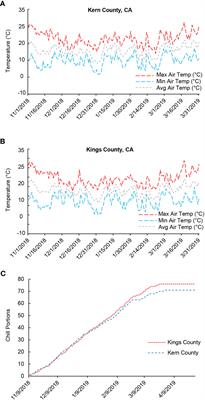EDITORIAL
Published on 26 Jul 2024
Editorial: Building climate resilient deciduous tree crops by deciphering winter dormancy
doi 10.3389/fpls.2024.1463405
- 547 views
4,084
Total downloads
15k
Total views and downloads
EDITORIAL
Published on 26 Jul 2024
ORIGINAL RESEARCH
Published on 03 Jun 2024
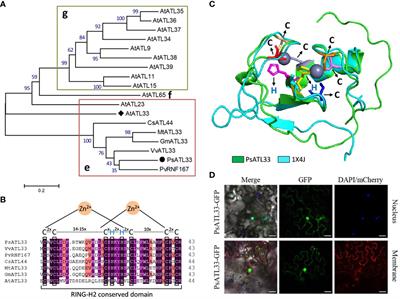
ORIGINAL RESEARCH
Published on 22 May 2024
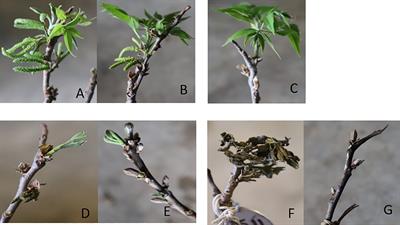
REVIEW
Published on 26 Apr 2024
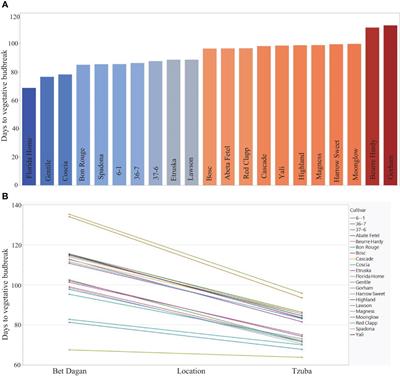
ORIGINAL RESEARCH
Published on 17 Apr 2024
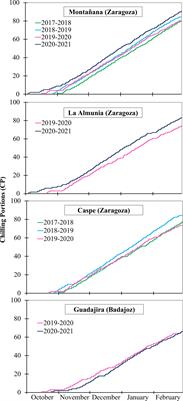
ORIGINAL RESEARCH
Published on 19 Mar 2024
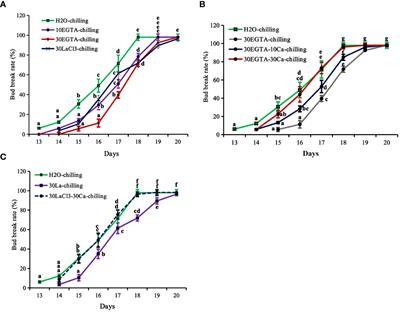
ORIGINAL RESEARCH
Published on 21 Feb 2024
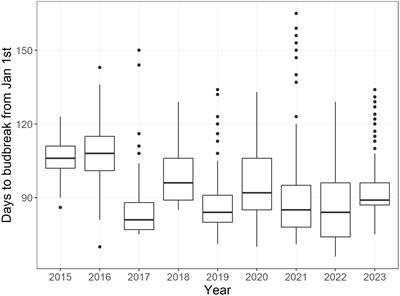
ORIGINAL RESEARCH
Published on 23 Oct 2023
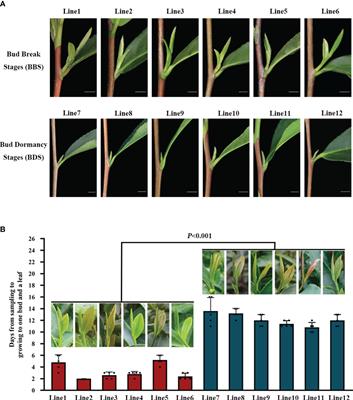
ORIGINAL RESEARCH
Published on 22 Sep 2023
